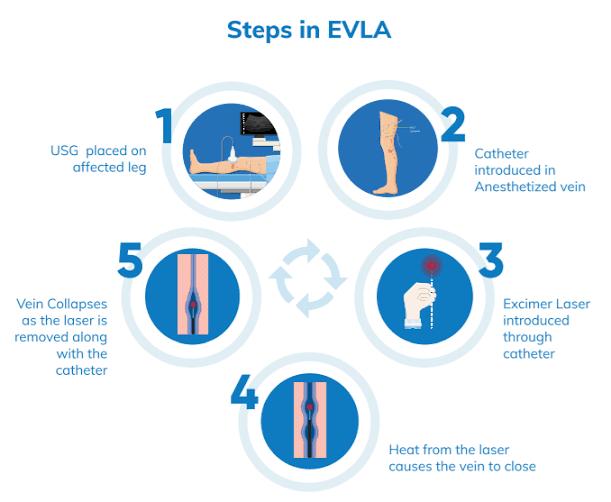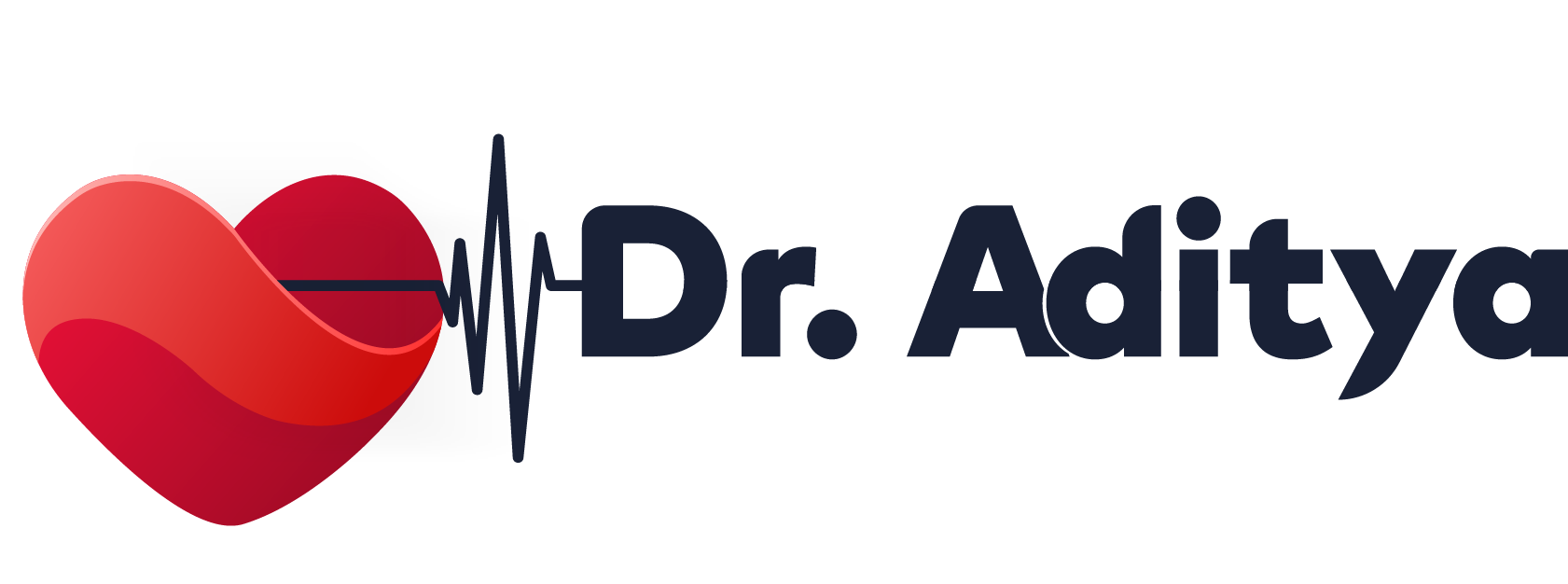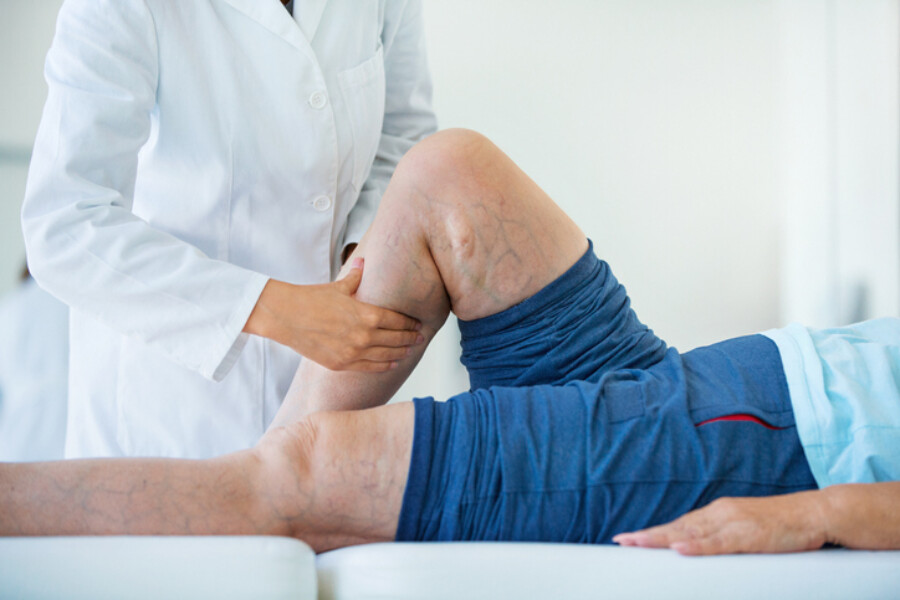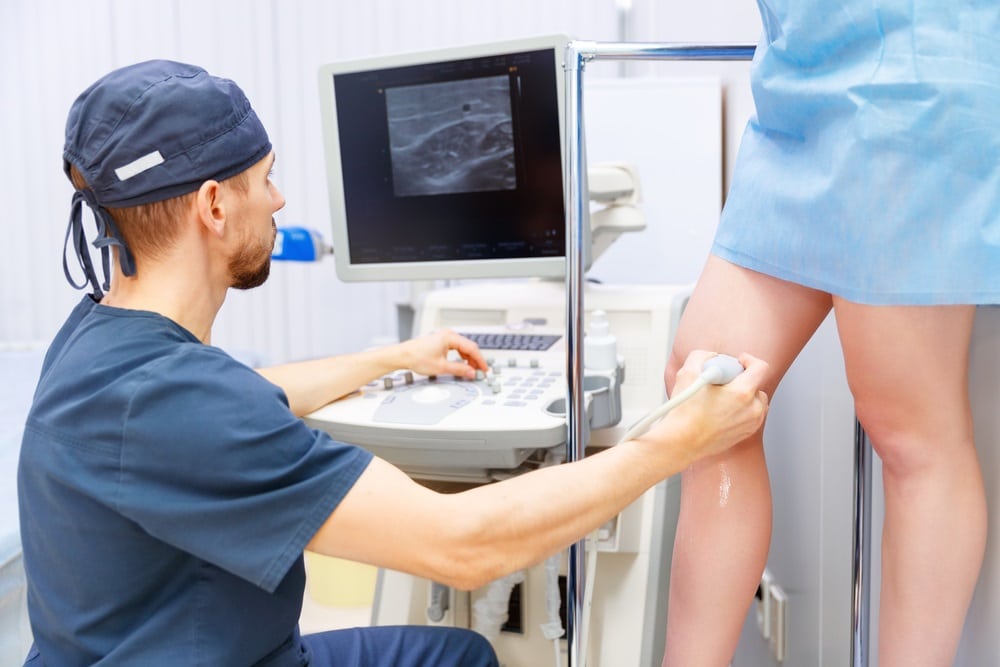Introduction:
Varicose veins are a common condition that affects many individuals, causing discomfort and aesthetic concerns. Fortunately, numerous treatment options are available to address varicose veins and provide relief from their symptoms. In this comprehensive guide, we will explore varicose veins in detail, including their causes, symptoms, and various treatment options. Whether you are seeking self-care measures or considering medical interventions, this guide aims to provide you with valuable insights to make informed decisions about managing varicose veins effectively.
Understanding Varicose Veins:
Varicose veins are enlarged and twisted veins that usually appear in the legs. They occur when the valves within the veins weaken or fail, causing blood to flow backward and pool in the veins. This leads to the characteristic bulging and twisted appearance of varicose veins. Common risk factors for varicose veins include a family history of venous disease, older age, obesity, prolonged periods of standing or sitting, pregnancy, and hormonal influences.
Symptoms of Varicose Veins:
Varicose veins can cause a variety of symptoms, which may include:
- Visible, bulging veins that are dark purple or blue.
- Aching or heaviness in the legs, especially after prolonged standing or sitting.
- Swelling, particularly in the lower legs and ankles.
- Itching or a tingling sensation around the affected veins.
- Muscle cramps or a feeling of restlessness in the legs.
Diagnosis of Varicose Veins:
If you suspect you have varicose veins, it is important to consult a healthcare professional for an accurate diagnosis. During a physical examination, your healthcare provider will assess your legs while standing and ask about your symptoms. In some cases, they may recommend a venous Doppler ultrasound, a noninvasive test that uses sound waves to visualize blood flow through the veins. This test can help identify the location and severity of varicose veins and rule out any underlying conditions, such as blood clots.
Treatment Options:
- Self-Care Measures.
- In mild cases of varicose veins, self-care measures, and lifestyle modifications may help alleviate symptoms and slow down the progression of the condition. These include:
- Regular Exercise: Engage in low-impact exercises, such as walking or swimming, to improve blood circulation and strengthen leg muscles.
- Weight Management: Maintain a healthy weight to reduce pressure on the veins and improve overall vascular health.
- Elevation and Rest: Elevate your legs above heart level whenever possible and avoid prolonged periods of standing or sitting.
- Compression Stockings: These specially designed stockings provide graduated compression, helping to improve blood flow and alleviate symptoms.
- Self-care measures cannot eliminate varicose veins but can be effective in managing symptoms and preventing further complications.
- Minimally Invasive Procedures:
a. Sclerotherapy: Sclerotherapy is a commonly used minimally invasive procedure for treating varicose veins and spider veins. It involves injecting a solution or foam directly into the affected veins, causing them to shrink, close off, and eventually fade away. Sclerotherapy is performed in a healthcare provider’s office and does not require anesthesia. Multiple sessions may be needed for optimal results, depending on the extent of the condition.
b. Radiofrequency Ablation: Radiofrequency ablation is a minimally invasive treatment that uses heat to close off the diseased veins. During the procedure, radiofrequency energy is applied to the problematic vein, causing it to seal shut.
c. EVLA (Endovenous Laser Ablation): Know that almost all patients with varicose veins are suitable for EVLA. Of course, those who are not suitable can usually be managed with just foam sclerotherapy. It is important to know that no further treatment is usually necessary if you are having treatment just to relieve symptoms. Yes, the varicosities generally become less obvious after EVLA but rarely disappear totally.



